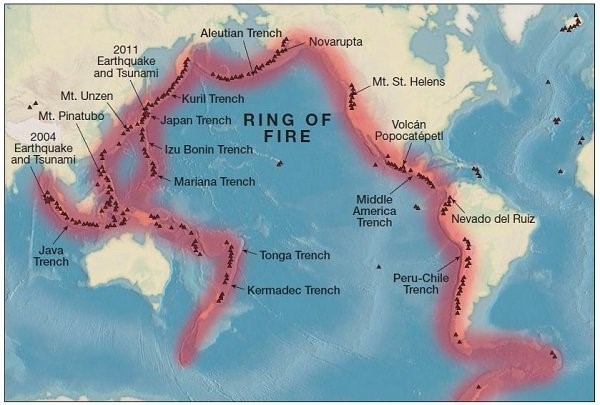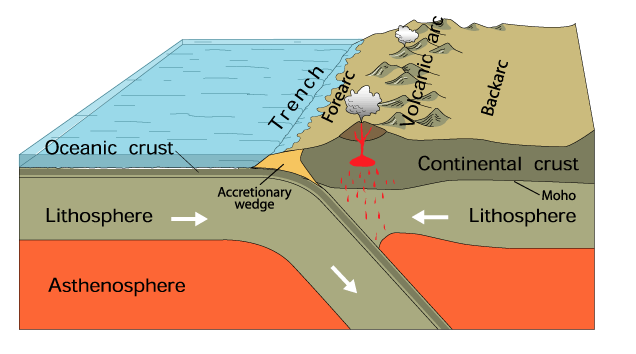Why in news?
spewing lava on the ground, In the Philippines, a volcano called Taal on the island of Luzon, 50 km from Manila, erupted on 12th January 2020, spewing lava on the ground, and ash and smoke into the sky. Although Taal is a tiny volcano, the eruption has caused concerns in the Philippines.
Details
- Taal is classified as a “complex” volcano.
- A complex volcano, also called a compound volcano, is defined as one that consists of a complex of two or more vents, or a volcano that has an associated volcanic dome, either in its crater or on its flanks. Examples include Vesuvius, besides Taal.
- The Taal volcano does not rise from the ground as a distinct, singular dome but consists of multiple stratovolcanoes (volcanoes susceptible to explosive eruptions), conical hills and craters of all shapes and sizes, as per NASA’s Earth Observatory. Taal has 47 craters and four maars (a broad shallow crater).
- Because it is a complex volcano with various features, the kinds of eruption too have been varied. An eruption can send lava flowing through the ground, or cause a threat through ash in the air.
Ring of Fire
Many volcanoes in the Ring of Fire were created through a process of subduction. And most of the planet’s subduction zones happen to be located in the Ring of Fire

How big is the Pacific Ring of Fire?
- It is a string of at least 450 active and dormant volcanoes that form a semi-circle, or horse shoe, around the Philippine Sea plate, the Pacific Plate, Juan de Fuca and Cocos plates, and the Nazca Plate.
- There is a lot of seismic activity in the area.
- 90 per cent of all earthquakes strike within the Ring of Fire
Why so many volcanoes in the Ring of Fire?
- The tectonic plates move non-stop over a layer of partly solid and partly molten rock which is called the Earth’s mantle.
- When the plates collide or move apart, for instance, the Earth moves, literally.
- Mountains, like the Andes in South America and the Rockies in North America, as well as volcanoes have formed through the collision of tectonic plates.
- Many volcanoes in the Ring of Fire were created through a process of subduction. And most of the planet’s subduction zones happen to be located in the Ring of Fire
What is subduction?

Continental crust volcano formation
- Subduction happens when tectonic plates shift, and one plate is shoved under another.
- This movement of the ocean floor produces a “mineral transmutation,” which leads to the melting and solidification of magma – that is, the formation of volcanoes.
- Basically, when a “downgoing” oceanic plate is shoved into a hotter mantle plate, it heats up, volatile elements mix, and this produces the magma.
- The magma then rises up
through the overlying plate and spurts out at the surface.





